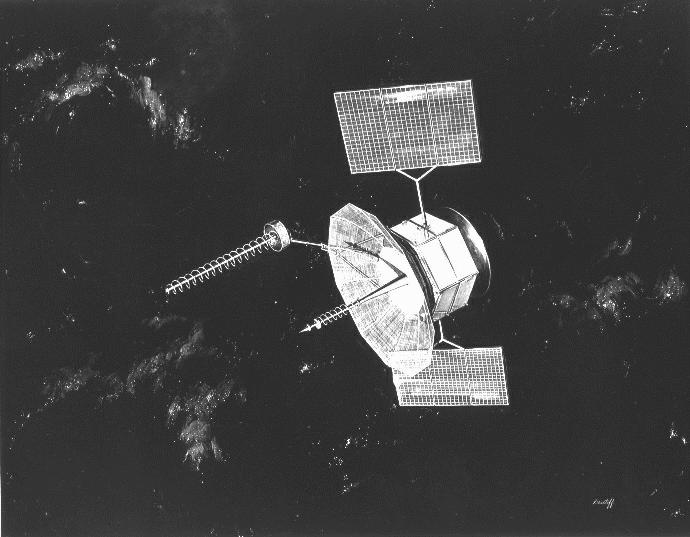Thirty years ago today — June 20, 1983 — a pair of satellites were launched from Vandenberg AFB atop a Titan 34D booster.

(Titan 34D launching from Cape Canaveral. DoD image from Wikimedia Commons.)
Launched from Space Launch Complex (SLC, pronounced “slick”) 4-East, the two DoD satellites were designated 1983-060A (or 14137) and 1983-060C (or 14139), but a 2011 Space Review article identified the primary payload of this particular launch as a KH-9 reconnaissance satellite. The Titan 34D Wikipedia page notes the June 1983 launch as the first Vandenberg launch for the 34D configuration.
As an old Titan System Program Office guy, I’d just as soon end there, but as an old Vandenberg guy I’ll toss in another space anniversary: On this date 5 years ago, the French and U.S. Jason 2 satellite was launched from Vandenberg on a Delta II rocket. Jason 2 was designed to monitor oceanic conditions from space, and was “a cooperative mission involving the French CNES, the European EUMETSAT, and the American NOAA and NASA.”

















